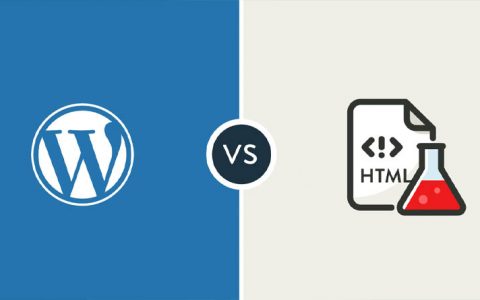
In just a few years, web development tools have come a long way. As a result of this improvement, we can take advantage of the power of well-tested libraries to streamline our productivity and expand our responsive design options. Not only that, but thanks to ever-improving version control systems, we can construct things together. There have never been more choices for producing excellent web applications, from browser add-ons and plugins to processors that streamline your code.
However, with the number of web development tools growing by the day, finding the finest software to get the job done can be difficult. To assist you, we’ve compiled a list of crucial front-end development tools to get you started.
- Sublime Text
- Chrome Developer Tools
- jQuery
- GitHub
- CodePen
- Angular.js
- Sass
1. Sublime Text
Let’s start with the basics: a top-notch code editor with a well-designed, highly efficient, and lightning-fast user interface. There are a few that accomplish this well, but Sublime Text is perhaps the best (and most popular).
The secret to Sublime’s success lies in the program’s vast array of keyboard shortcuts—such as the ability to perform simultaneous editing (making the same interactive changes to multiple selected areas) and quick navigation to files, symbols, and lines—all of which are expertly managed by a one-man development team. And when you’re spending 8+ hours a day with your editor, those few seconds saved for each operation add up quickly…
This free web development lesson will teach you how to code with Sublime (no sign-up necessary).
2. Chrome Developer Tools
Let’s start at the beginning: a top-notch code editor—one that includes a Wouldn’t it be amazing if you could change your HTML and CSS in real-time, or troubleshoot your JavaScript while viewing a comprehensive website performance analysis?
You can do this with Google’s built-in Chrome Developer Tools. They come pre-installed in Chrome and Safari and give developers access to the inner workings of a web application. A palette of network tools can also aid in the optimization of your loading routines, while a timeline provides a better knowledge of what the browser is doing at any given time.
Google updates every six weeks, so keep an eye on their website and the Google Developers YouTube channel to keep your abilities up to speed.
3. jQuery
Developers have long considered JavaScript to be an essential frontend language, despite its flaws: it’s littered with browser quirks, and its rather convoluted and unapproachable syntax meant that functionality was frequently sacrificed.
That is, until 2006, when jQuery—a quick, lightweight, cross-platform JavaScript library targeted at easing the frontend process—arrived. jQuery gave developers more freedom to create animations, add plug-ins, and even navigate documents by abstracting a lot of the functionality that was previously left to them to figure out on their own.
And it’s definitely popular: in 2015, jQuery was the most widely used JavaScript library, with 65 percent of the top 10 million most visited websites using it.
4. GitHub

Every developer’s worst nightmare comes true when they’re working on a new project feature and make a mistake. Version control systems (VCS)–specifically, GitHub–come into play.
You may check any modifications you’ve made or even go back to a previous state by using the service to roll out your project (making pesky mistakes a thing of the past). There are numerous reasons why developers need GitHub. The repository hosting service also includes a vibrant open-source development community (which makes team communication a breeze), as well as issue tracking, feature requests, task management, and wikis for each project.
5. CodePen
Despite the fact that it has been around since 2012, the growing number of individuals learning to program implies that 2022 will be another banner year for this beloved frontend tool. There’s almost a no better way to show off your HTML, CSS, and JavaScript snippets than embedding them, which is why they’re becoming more frequent in online coding tools.
Take a peek at this pretty cool airplane-themed feature if you need proof of how user-friendly CodePen is:
In addition to showcasing your GitHub profile, CodePen is a fantastic tool for people who are developing or updating their web developer portfolio. It’s a beautiful method to show off not only the code behind your innovations but also how they’re presented to users.
6. AngularJS
HTML is usually the foundation of any front-end developer’s toolkit, but it has a fault that many consider fatal: it wasn’t built to handle dynamic views.
This is where the open-source web framework AngularJS comes in. AngularJS, which was created by Google, allows you to extend your application’s HTML syntax, resulting in a more expressive, readable, and quick-to-develop environment that would not have been possible with HTML alone.
Some say this type of data binding leads to messy, non-separated code, but we think it’s a valuable ability to have in your frontend toolkit.
7. Sass
Your closest friend are time-saving web development tools, and one of the first things you’ll learn about code is that it must be DRY (“Don’t Repeat Yourself”). The second thing you’ll most likely discover is that CSS is rarely DRY.
The CSS preprocessor is a tool that helps you develop stable, future-proof code while minimising the amount of CSS you have to write (keeping it DRY).
Sass, an eight-year-old open-source project that pretty much established the genre of modern CSS preprocessors, is perhaps the most well-known.



